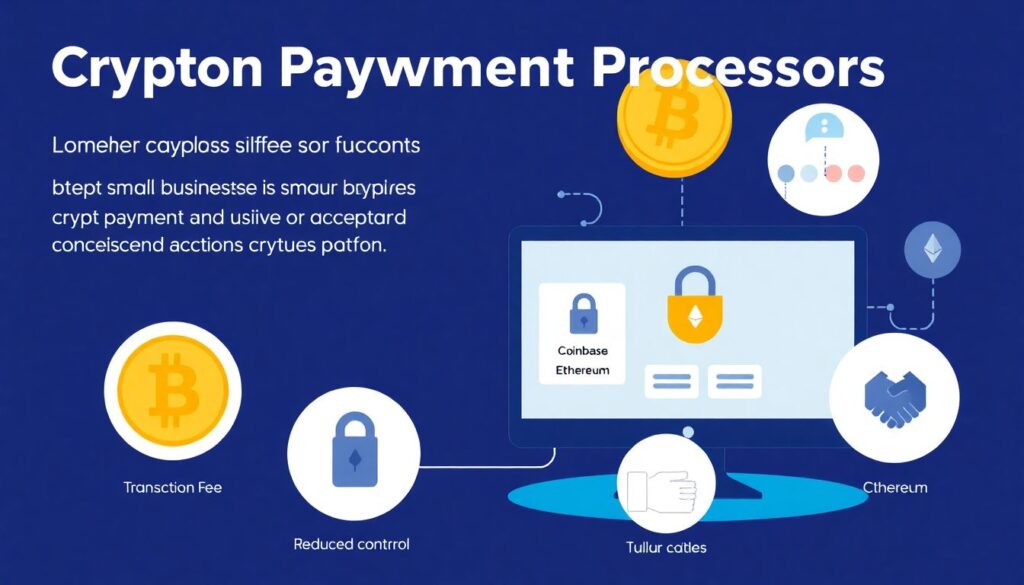Why Accepting Crypto Makes Sense for Small Businesses
Let’s face it — traditional payment systems are fine, but they come with fees, delays, and sometimes, frustrating chargebacks. If you’re a small business owner looking to stay ahead of the curve, learning how to accept cryptocurrency payments can give you a serious edge. Crypto payments are borderless, often cheaper, and can be processed faster than credit card transactions. But the big question is: how do you set up a secure crypto payment setup without putting your business at risk?
What Does a Secure Crypto Payment Setup Look Like?

Before diving into tools and platforms, it’s crucial to understand what “secure” actually means in the crypto world. A secure setup should protect both you and your customers from fraud, data breaches, and wallet mismanagement. Here’s what you’ll need to lock things down:
- Reliable crypto payment gateway
- Cold or hardware wallets for storing funds
- Multi-factor authentication (MFA)
- Clear refund and transaction policies
- Basic knowledge of blockchain and wallet security
Now, let’s look at your options.
Option 1: Using a Crypto Payment Gateway
The easiest way to get started is by integrating a crypto payment gateway for small business into your website or POS system. These gateways handle the technical side of the transaction and often convert crypto into fiat automatically.
Pros:
- Fast setup, no coding required
- Built-in fraud protection
- Fiat conversion limits crypto exposure
Cons:

- Transaction fees (typically 1%-2%)
- Less control over your funds
- Requires trust in a third party
Some of the best crypto payment processors include BitPay, Coinbase Commerce, and NOWPayments. Each has its own perks, but all of them are aimed at simplifying crypto acceptance for small businesses.
Option 2: Direct Wallet-to-Wallet Payments
If you’re running a lean operation and want full control, direct payments might be your thing. This means publishing your wallet address and letting customers send crypto directly.
Pros:
- No intermediaries or fees
- Full custody of funds
- Ideal for in-person or invoice-based transactions
Cons:
- No automatic fiat conversion
- Manual tracking of payments
- Higher risk if wallet security isn’t top-notch
This method is best for tech-savvy owners who understand wallet management and want to minimize costs. But keep in mind — you’ll need a secure wallet setup, like a hardware wallet (Ledger or Trezor), and a backup strategy.
Option 3: Hybrid Approach — Gateway + Wallet
Many small businesses are choosing a mix of both. For example, use a payment gateway for online orders, and accept direct wallet transfers for large, custom deals or local sales.
Advantages:
- Flexibility and control
- Lower fees on large transactions
- Better risk management
This hybrid model gives you the best of both worlds — automation and control. It also allows you to scale crypto adoption at your own pace.
Steps to Set Up Secure Cryptocurrency Transactions for Businesses
Now that we’ve covered the options, here’s a simple plan to implement your own secure cryptocurrency transactions for businesses:
- Choose your method: Gateway, direct wallet, or hybrid?
- Pick your tools: Select a trustworthy wallet and processor
- Secure your environment: Enable MFA, encrypt data, keep wallet backups
- Train your staff: Ensure employees know how to handle crypto transactions safely
- Update your store: Add payment buttons, QR codes, or POS integration
- Communicate with customers: Explain your crypto policy clearly on your website or at checkout
- Track and reconcile: Use accounting tools that support crypto to keep your books clean
Real Talk: Is It Worth It?
Absolutely — if you do it right. A secure crypto payment setup isn’t just about accepting Bitcoin or Ethereum. It’s about giving your customers more options and your business more flexibility. Whether you’re a freelancer, a local coffee shop, or an e-commerce startup, crypto can save on fees, reduce chargebacks, and even attract a new segment of tech-forward customers.
Just remember: security should always come first. Don’t rush the setup, and never store large amounts of crypto in hot wallets. With the right tools, a bit of research, and a solid strategy, you can safely dive into the world of crypto payments without losing sleep.
Final Thoughts
Setting up secure crypto payment setup for your small business doesn’t have to be complicated. Whether you choose a trusted payment gateway or manage your own wallet, the key is to balance convenience with control. As crypto continues to go mainstream, being an early adopter could be one of the smartest moves you make this decade.
So take the leap — just make sure you’re doing it with both eyes open and a solid plan in place.

